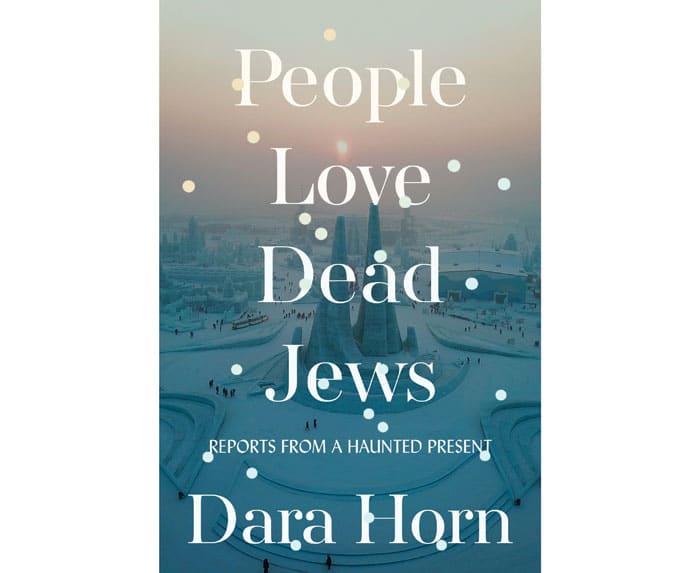

Purim antisemitism is more familiar to Ashkenazi Jews because the Chanukah antisemitism can easily go undetected while it is happening. Only later does this form of antisemitism become coercive. Chanukah antisemitism is a “soft persuasion,” where other nations explain why their culture is better and in order for Jews to be cool and fit in, they have to act and behave in a certain way. It is blatant and obvious, like Haman’s hatred towards the Jews. Horn delves into two different forms of antisemitism, which she names Purim and Chanukah. Purim antisemitism has no ambiguity. Second, “people tell stories about dead Jews to make them feel better about themselves,” as portrayed by the hypocrisy of a museum dedicated to telling the story of a dead Jew while refusing to allow their employees to physically appear Jewish. And Israel, the homeland of the Jewish nation, was too “controversial” to be included. First, “living Jews have to erase themselves to gain public respect” because in a place that commemorates a Jew in hiding the tour guide had to hide his Jewish identity.

This occurrence at a museum that tells the story of a Jewish girl in hiding suggests two things according to Horn. Additionally, the Hebrew language option on the audio guide display was missing an Israeli flag despite the fact that every other language had a country’s flag attached to it.

A controversy arose a few years ago when it came out that a tour guide at the Anne Frank Museum was not allowed to wear his yarmulke while giving tours. Horn gives an example of a literal and metaphorical Jewish death. Taking inspiration from a Smithsonian essay on Anne Frank, Horn quotes, “uncomfortable moments are where the story is,” and as a writer, she dives right into those ‘moments.’ This could explain some of the tension between secular and religious Jews, if one group feels that it’s safer or more comfortable to erase their outward signs of Jewishness and another group refuses to do so. Horn discusses the fascination with Jewish deaths, both literally and metaphorically, the different forms of antisemitism, and the desire to for some Jews ‘fit in’ or erase outward signs of Jewishness. A recently released essay collection, “People Love Dead Jews: Reports from a Haunted Present,” is a space where Horn delves into the nuances of antisemitism with an unmatched poignancy and recounts painful exiles and pogroms (like in Harbin, China in the early 20th century) that you probably never heard of.

If those words make you uncomfortable then award-winning author Dara Horn has begun to do her job.


 0 kommentar(er)
0 kommentar(er)
